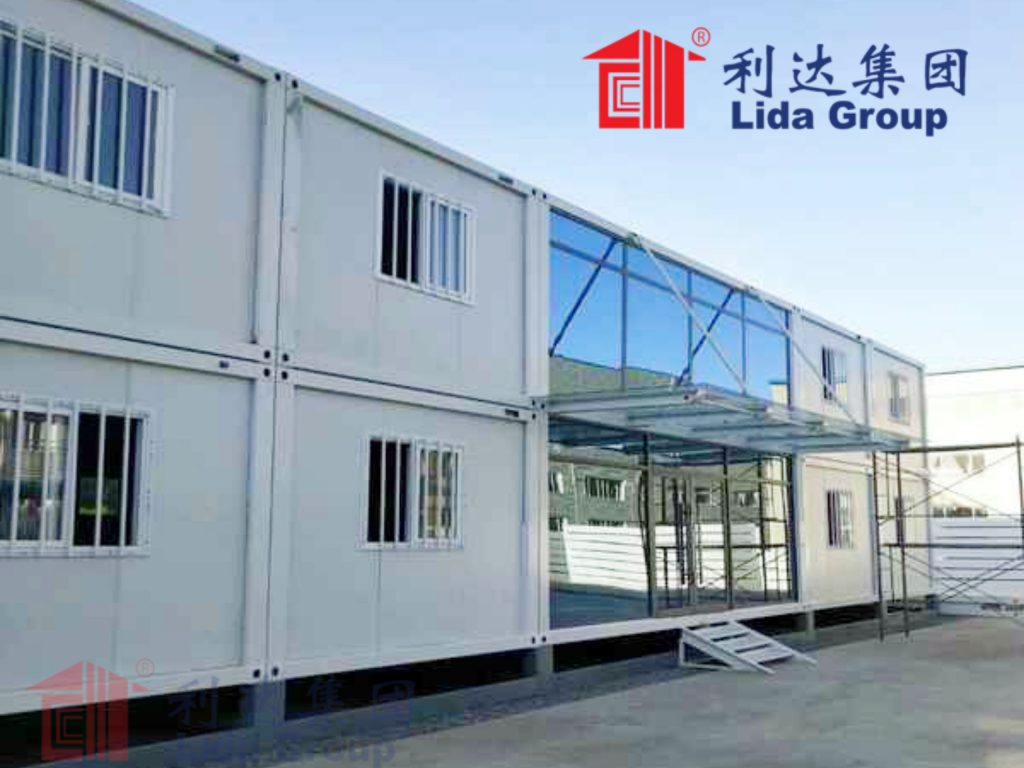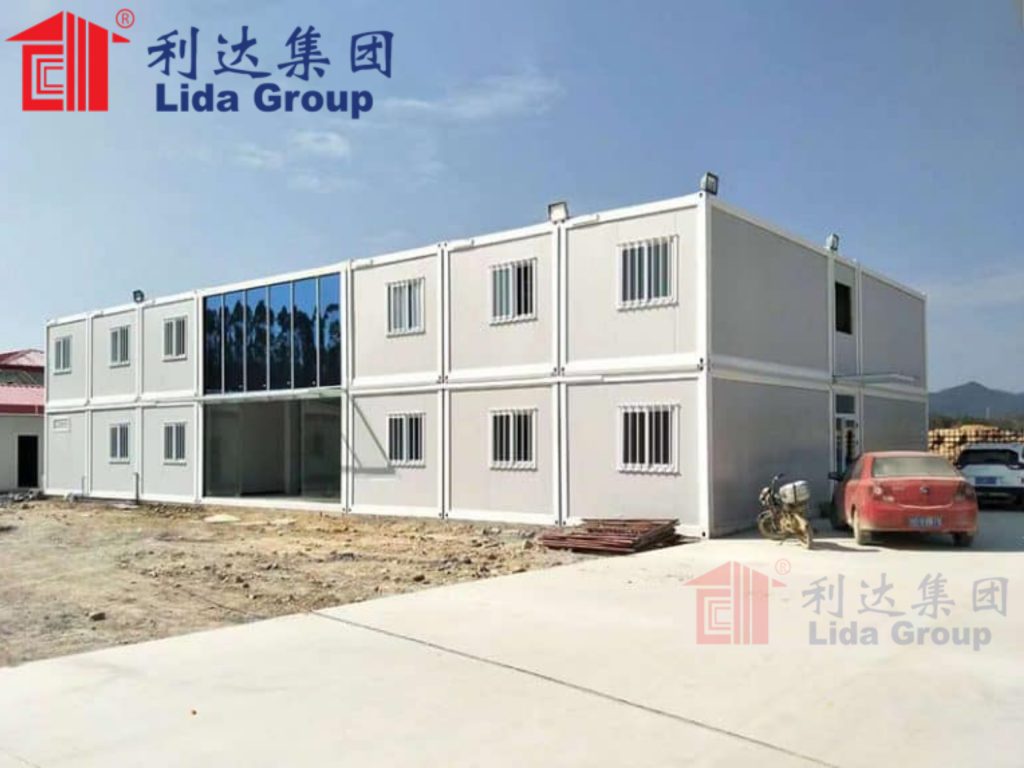An interdisciplinary team of engineers and architects has launched a research study examining opportunities for extending the usable lifespan of modular prefabricated buildings constructed using standard shipping containers as primary structural components. The evaluation specifically focuses on structures originally deployed as temporary worker housing or facilities within remote energy, mining and infrastructure project sites throughout Asia and Australia, but later decommissioned as projects wound down.
Led by researchers from China’s Tianjin University in collaboration with fabrication firm Lida Group, the goal involves analyzing the technical feasibility and economic viability of repurposing entire deconstructed modular complexes for alternate agricultural applications instead of full dismantlement. With mining or construction booms often followed by economic downturns resulting in ghost towns, maximizing final asset utilization helps boost regional sustainability according to study organizers.
Target reuse scenarios evaluated through the research include repurposing container module buildings as covered storage sheds, greenhouses, workshops, livestock shelters or rural community buildings supporting revitalization of smaller farming settlements near abandoned work sites. The researchers conducted structural analysis testing on container samples from Lida Group’s inventory after 20-30 years of prior use, assessing any degradation impacts from weathering or repairs that could impact second-life building code compliance.

Results found that with targeted reinforcement or replacement of known weak points like bottom rails and corner connections, the galvanized corrugated steel shipping container structures retained over 80% of their original assessed load bearing capacities according to standardized engineering models. Internal retrofits commonly saw adding additional supporting members to strengthen floors for increased uniformly distributed live loads expected from storage occupancies.
By reinforcing container bottom edges and applying protective exterior sealants, field testing also validated containers withstand further 5-10 year deployments in agricultural zone applications without significant further material degradation. Refurbishment costs averaged 30-40% less than new modular construction according to activity based cost modeling. Retrofitting entire buildings on-site within a few weeks enabled swift adaptative reuse supporting regional economic transitions.
Some decommissioned complex designs presented stronger cases as-is such as centrally located multi-use buildings incorporating workshop bays and head house facilities convertible with minor modifications to agri-business hubs, farmer’s market sheds or rural Makers Spaces according to architects involved. Their open floor plans readily accommodate flexible commercial and community functions with universal architectural aesthetics non-stigmatizing for agricultural occupations.

Reusing landfilled or scrapped material components helps avoid approximately 15-30 tons of embodied carbon emissions per average modular building salvaged. With proper maintenance, researchers project average agricultural structures constructed from reused container modules achieving 50+ year functional lifespans matching wood-framed buildings before requiring replacement. The cost savings, environmental benefits, and potential for subsidized community redevelopment programs make the reuse scenario highly promising according to preliminary conclusions.
Further case studies now evaluate integrated renewable energy and water reuse systems left over from decommissioned camps being repurposed within prototyped container module agricultural complexes. Solar arrays, rainwater harvesting cisterns, and small wind turbines powered mechanical workshops or pumped irrigation for greenhouses and livestock according to adapted designs. Monitoring economic and productivity impacts over initial 3-5 year trials aims refining a standardized modular building retrofit model suitable for streamlined regional applications globally wherever remote work spurred ghost town legacies persist.
If results validate technical and financial viability, researchers believe the model could significantly boost more sustainable land use redevelopment worldwide. Strategic alliances now explore its potential helping revive post-industrial sites or support agricultural diversification within developing nations. The modular prefab construction approach pioneered for remote work camps may ironically yield second lives significantly extending community benefits through innovative repurposing according lead architect Zhou after closer research into applications.

Related news
-
Humanitarian organization licenses Lida Group's relocatable prefab container building technology to quickly establish tented refugee camps with durable shelter in conflict-torn regions.
2024-05-22 10:27:34
-
Lida Group assembles prototype nested multi-family container home community incorporating renewable power and water treatment infrastructure for permanent off-grid housing in isolated resource development areas.
2024-05-22 11:36:49
-
Researchers analyze the longevity, durability and recyclability of Lida Group's innovative structural insulated steel panel design for indoor agricultural housing facilities such as dairy barns and cheese ageing rooms.
2024-05-20 13:10:53
contact us
- Tel: +86-532-88966982
- Whatsapp: +86-13793209022
- E-mail: sales@lidajituan.com


